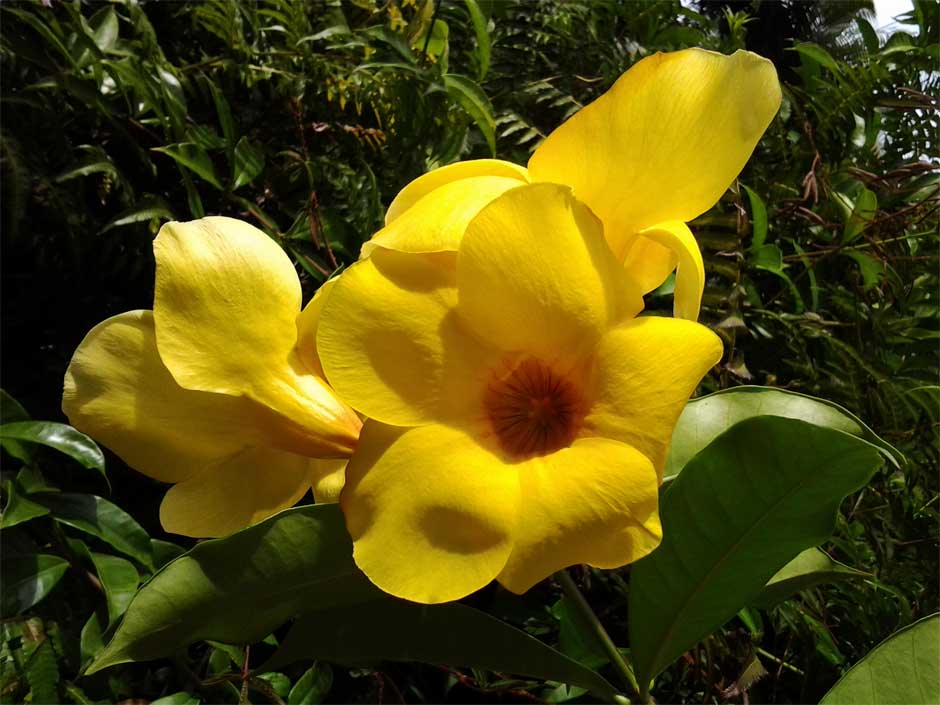NAME: Abelmoschus esculentus
FAMILY: Malvaceae
COMMON NAME: Okra, lady's finger, Gumbo
LOCAL NAME: Ila, okweje, kubewa
MORPHOLOGICAL DESCRIPTION: Semi woody and sometimes pigmented with a green or reddish tinges color. It is erect, variable in branching, with many short branches that are attached to thick semi woody stem. Leaf is 10–20 cm long, cordate (heart-shaped), simple and broad, palmately lobed with 5–7 lobes and is dark green in color and resembles a maple leaf. Flower is 4–8 cm in diameter, with five white to yellow petals, often with a red or purple spot at the base of each petal. Fruit Shape and Size is cylindrical capsule, 5–35 cm long, with longitudinal ribs down its length, hispid covered with fine hairs. Fruit Color is yellowish green to green, but is sometimes purple or white.
USEFUL PART(S): Fruit, seeds, Leaves
GENERAL USES: Serves as an aid for pain, aid for complications relative to urinating, moisturizers on the skin!, and it is also used as an aid for safe and comfortable childbirth.
GEOGRAPHICAL DISTRIBUTION: China, India, Pakistan
WHY IS IT GREEN: Fevers, gonorrhoea, dysentery, catarrhal infections, emollient, antispasmodic, tonic.
ENVIRONMENTAL IMPACT:
FUN FACT: It is extremely rich in essential nutrients, minerals, vitamins so it is used in several traditional medicines as well as used in many food dishes as well since ancient time
FURTHER READING:
Dehghan Shahreza F. (2015). Hibiscus esculentus and diabetes mellitus. Journal of nephropharmacology, 5(2), 104-105. Retrieved from https://www.ncbi.nlm.nih.gov/pmc/articles/PMC5297561/
Huang, C. N., Wang, C. J., Lin, C. L., Lin, H. T., & Peng, C. H. (2017). The nutraceutical benefits of subfractions of Abelmoschus esculentus in treating type 2 diabetes mellitus. PloS one, 12(12), e0189065. doi:10.1371/journal.pone.0189065, Retrieved from https://www.ncbi.nlm.nih.gov/pubmed/29216237
Khatun, H., Rahman, A., Biswas, M., & Islam, A. U. (2011). Water-soluble Fraction of Abelmoschus esculentus L Interacts with Glucose and Metformin Hydrochloride and Alters Their Absorption Kinetics after Coadministration in Rats. ISRN pharmaceutics, 2011, 260537. Retrieved from https://www.ncbi.nlm.nih.gov/pmc/articles/PMC3263724/
Sami, R., Lianzhou, J., Yang, L., Ma, Y., & Jing, J. (2013). Evaluation of fatty acid and amino acid compositions in okra (Abelmoschus esculentus) grown in different geographical locations. BioMed research international, 2013, 574283. Retrieved from https://www.hindawi.com/journals/bmri/2013/574283/
Okra Health Benefits | Abelmoschus esculentus
Sabitha, V., Ramachandran, S., Naveen, K. R., & Panneerselvam, K. (2012). Investigation of in vivo antioxidant property of Abelmoschus esculentus (L) moench. fruit seed and peel powders in streptozotocin-induced diabetic rats. Journal of Ayurveda and integrative medicine, 3(4), 188-93. Retrieved from https://www.ncbi.nlm.nih.gov/pmc/articles/PMC3545238/
Wahyuningsih, S., Pramudya, M., Putri, I. P., Winarni, D., Savira, N., & Darmanto, W. (2018). Crude Polysaccharides from Okra Pods (Abelmoschus esculentus) Grown in Indonesia Enhance the Immune Response due to Bacterial Infection. Advances in pharmacological sciences, 2018, 8505383. doi:10.1155/2018/8505383, Retrieved from https://www.hindawi.com/journals/aps/2018/8505383/





















